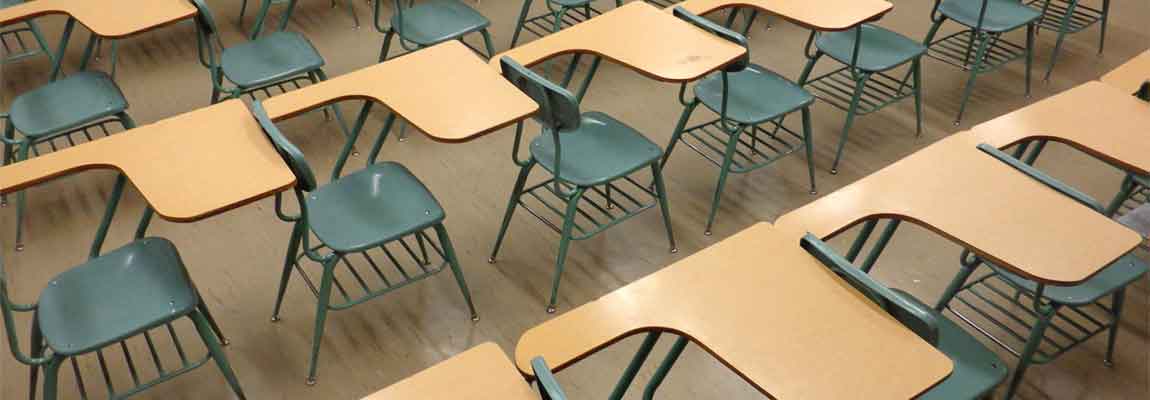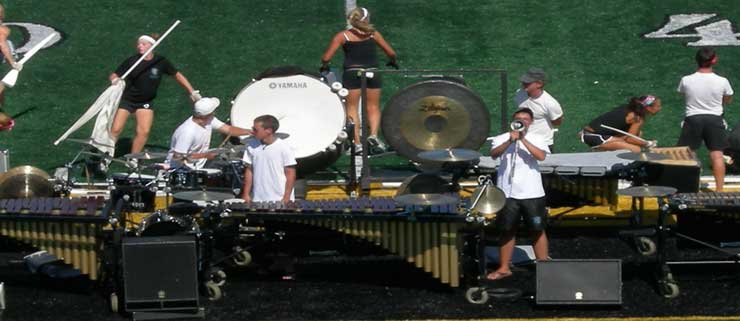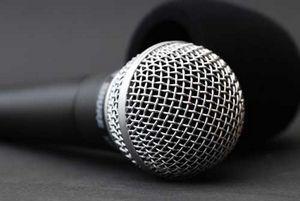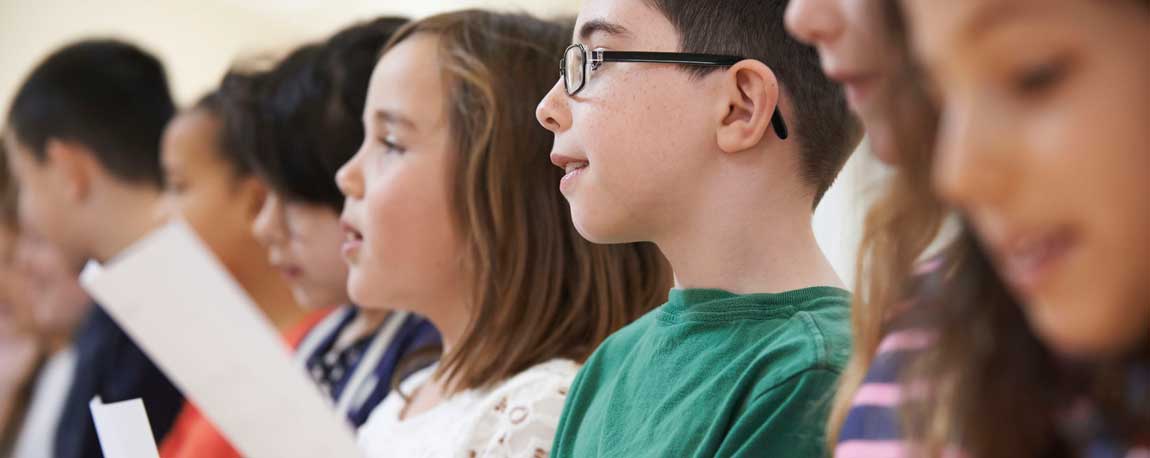The patterns that exist between math, language, and music have prompted numerous studies to be commissioned to establish their inter- relationship. We all know that music is a series of notes that are played in accordance to a pattern and maths too works in a similar way. In maths to result always remains finite despite the various ways in which you can add, multiply, subtract, and divide numbers.
The same can be said about music. Notes can be combined in an endless variety of groupings but the number of notes and sounds that exist are finite. It is these patterns and combinations that make music and math very similar. Our brain seems to process the data from music and math much differently than it computes other information that is derived from other forms of the thought process.
Babies are attracted to the spoken work when it sounds rhythmic and melodic. Talk to a baby in a normal tone of voice and then change your words to a nursery rhyme that has melodic and bold sounding words throughout. You may find that the baby pays more attention to you when you are saying words that have a poetic, mathematical stride to them much more than when your words are mundane and spoken in a normal tone of voice.
Small children love to listen to music that has patterns and repetitive lines to it. This is because their brain is computing the music message in way that catches their interest and makes them think. And the more ways in which children are taught to think, the more they will learn and absorb.
Many young children will make their own music with anything that they can get their hands on. If you listen to the sounds that they are making you'll always find some sort of a pattern emerging. It is this ability to make patterns out of random sounds that influences how well the child will do at math skills later in life.
During a child's growth, it's important to have music as a part of their life. Studies show that children who are active in music, whether as a result of playing an instrument or listening to a wide variety of music, perform better in math. The studies indicate that this is a result of their brains developing in such a way that they are able to discern patterns and repetition among the musical notes.
The art of calculation lies in understanding the pattern. When you follow a pattern, it shall take you to a conclusion. The key lies in knowing the pattern, be it a simple or a complex pattern, it needs to be followed for the same conclusion.
The inter-relationship between maths and music works both ways. Children who are good in maths are also competent when they take up music. Music may be in the form of playing an instrument or reading musical notes. Therefore, a combination of these two skills leads to better overall performance in school and better learning and skills.
The study of music has many benefits that include the learning of language to improving math skills. Incorporating music into our lives from birth onwards give an advantage that can't be disputed as more and more studies confirm the connection between music and math.
Article Source: http://articlecrazy.com
Nigel Joneston is the owner of For Very Good Music, the best place on the internet for information about music, For more articles on music why not visit: www.fvgmusic.com/articles
This and other unique content music articles are available with free reprint rights.







 Scroll down to view the comparison chart of over a dozen different portable digital audio recorders.
Scroll down to view the comparison chart of over a dozen different portable digital audio recorders.